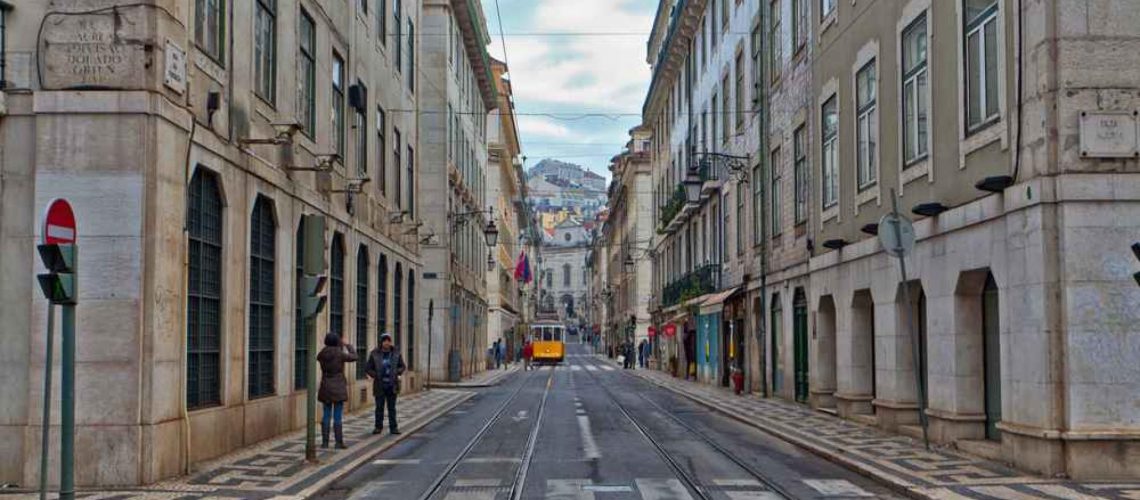The Portuguese capital, Lisbon, is trialling restrictions on through traffic for three months, during which motorised vehicles will be banned in the inner city. The trial started at the end of April 2023. During the summer, the local authorities will take advantage of the lower traffic levels to undertake major infrastructural works, including the implementation of two new metro stations. Even though it is not yet clear whether the ban will be permanent or temporary, in the short-term, the restrictions are expected to contribute to behavioural changes among people, and encourage them to make more use of sustainable mobility options.
The restrictions have been implemented using three categories of zone. A “red-zone” has been implemented in the city centre in which through traffic is completely banned to motorised vehicles. In this area, which includes the roads on the riverside and Avenida 24 de Julho, between Avenida Infante Santo and Avenida Mouzinho de Albuquerque, only residents or people working in the area will be allowed to circulate.
Just outside of the red zone, in the wider “yellow area”, heavy goods vehicles (HGVs) can only circulate at night between 8 pm-8 am. Restrictions for HGVs might be extended beyond the summer, although these restrictions do not apply to public transport. In a third area, the “green zone”, traffic that has been diverted from the red and yellow areas will be allowed to circulate. This is a sort of “5th Ring Road”, which will enable vehicles to cross the city avoiding its city centre.
In addition to the construction of the two new metro stations, at the same time the city council of Lisbon plans to implement a Drainage Plan – aimed at reducing floods in the city – as well to re-pave urban roads.


